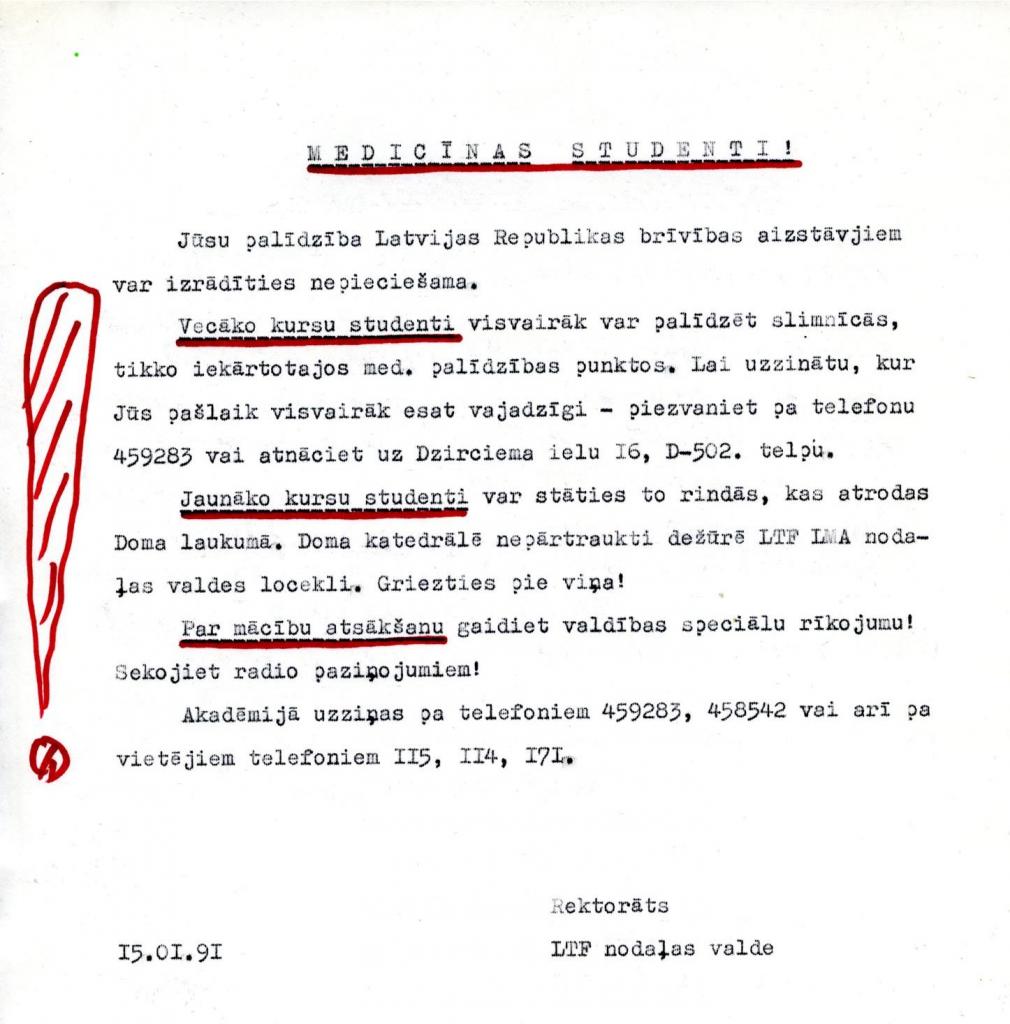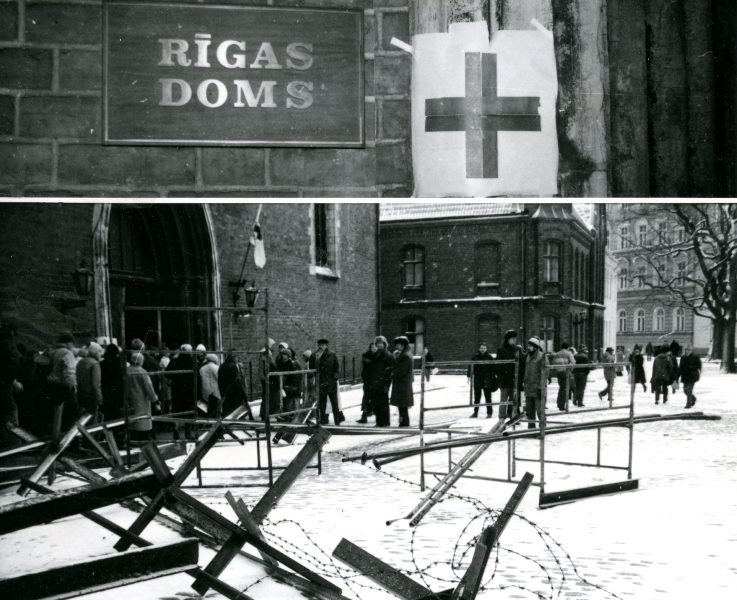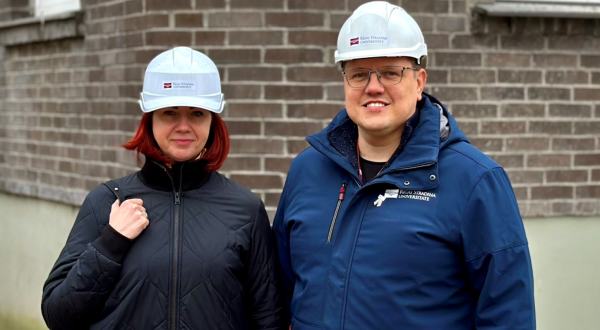Associate Professor Ģirts Šalms’ Memories of The Barricades
This January marks the 30th anniversary of the Barricades that took place in 1991, and 20 January is the Commemoration Day of the Defenders of the Barricades. Both students and lecturers from Rīga Stradiņš University (RSU) took part in the nation-wide demonstrations at the time.
The demonstration was originally planned for 11 November in Riga. People wanted to protest the Soviet army’s attack on the defenders of the Vilnius Television Tower in Lithuania, and to express their support for Latvian independence. The protest turned into more than a week of self-organised barricade building in order to defend the most important national broadcast facilities, institutions of state security, and transport hubs against the attacks of the Soviet special task forces, the so-called OMON.
There was a division of the Popular Front of Latvia set up at the university, like at many other places at the time. A special work group was established to support the barricades and coordinate the people who participated.

This announcement was distributed among students and employees during those days. It is currently stored in the RSU History Museum, in Assistant Professor Arsēnijs Aukums’ collection. He served as the Chairperson of the Board of the division of the Popular Front in 1990-1991, while also performing his duties as a lecturer at the Department of Physics.
In January 1991, Ģirts Šalms, who is the current Assoc. Prof. of the Department of Oral and Maxillofacial Surgery at the Faculty of Dentistry, was a 2nd-year student at the Faculty of Medicine. These are his memories of that time.
Classes were cancelled, and exams were postponed.
I took part of the barricades together with my fellow students Gints Polis, Aigars Brencēns, and Kaspars Korsaks, who was a very involved in the movement. Kaspars, who has since passed away, put his heart and soul into setting up the medical centre from the very first day and spent all his time on the barricades.
I lived in a university dormitory on 17 Mārupes iela and would go to the barricades in the city centre every day.
One day I also went to the island Zaķusala where the TV tower is. A lot of people had gathered and lit bonfires there. I also spent two nights at the Riga Cathedral after there was an announcement on the radio urging people to come.
An emergency medical centre had been established in the square outside the Cathedral that had stretchers, gas masks, and bandages. Although there were shortages, all the necessities had been provided. I spent my nights in the church, or at one of the outposts.
Our patrol started at the Cathedral Square and continued along to the Cabinet of Ministers and then on to the Telecommunications Building on Dzirnavu iela.
 The Barricades by the Riga Cathedral, January 1991. Pulss newspaper. From the RSU History Museum archives.
The Barricades by the Riga Cathedral, January 1991. Pulss newspaper. From the RSU History Museum archives.
On 19 January, I had gone to Jurmala to visit Prof. Andrejs Skaģers, my future father-in-law. I dressed warmly, and took the Bulduri-Riga train back to the city. Along the way, an elderly gentleman who was also going to the barricades sat down next to me. He told me that he would be able to arm at least 20 people if necessary, because he had weapons and ammunition from WWII. He gave me his phone number to call him if needed.
On 20 January, I was on the barricades all day. There was no indication that there would be any attacks and people gradually relaxed. But in the evening, soon after I had returned to my dormitory, the shooting at the Ministry of the Interior began. I watched the events unfold on television.
Also read the memoirs of the former docent of the Latvian Academy of Medicine and surgeon Anatoly Nikitin about the time of the barricades. He was one of those who operated on several of those injured during the barricades, including the operator Guido Zvaigzne.
Related news
 RSU is growing and developing: major reconstruction underway in the main buildingDevelopment, For RSU Employees, For Students
RSU is growing and developing: major reconstruction underway in the main buildingDevelopment, For RSU Employees, For Students


